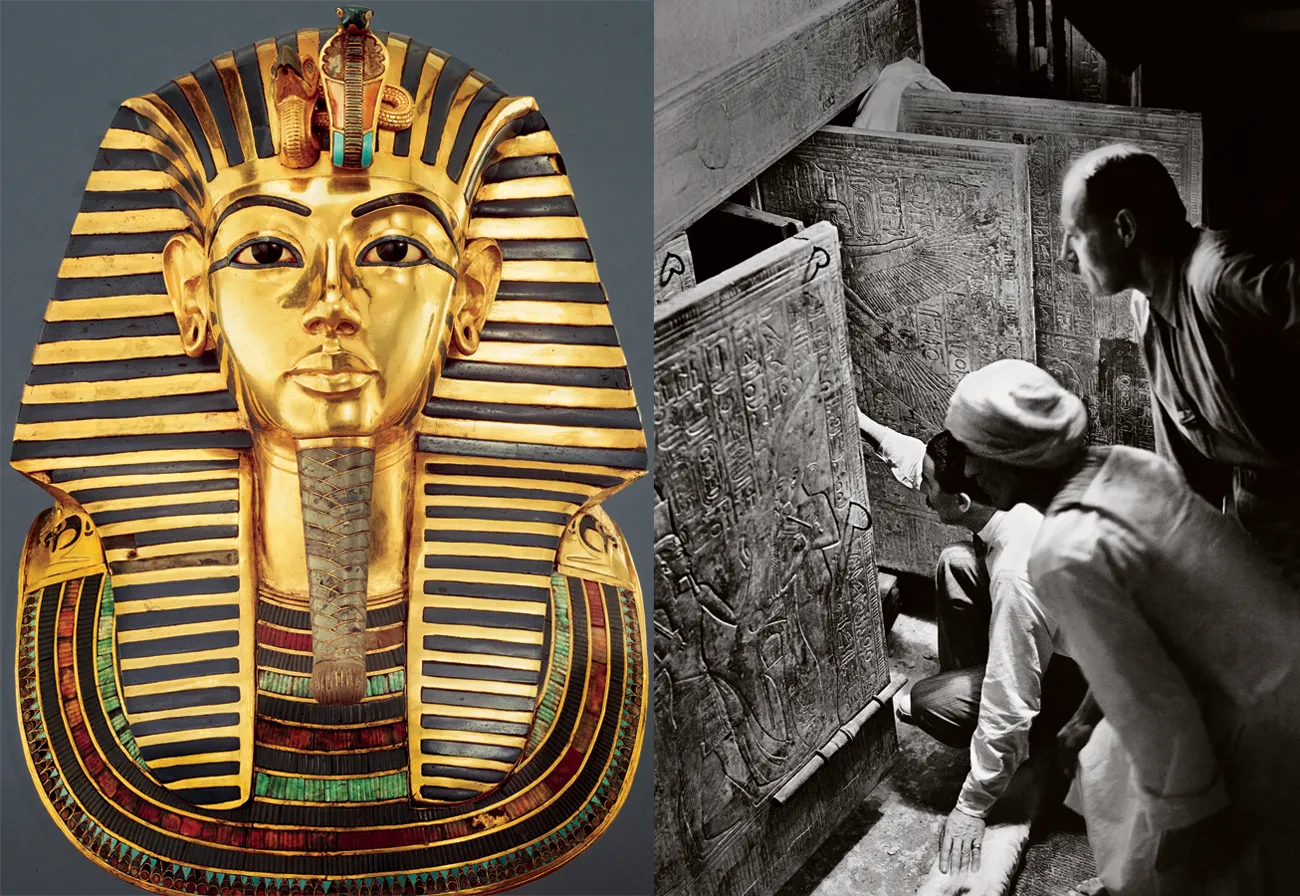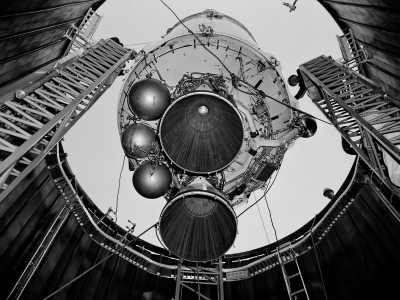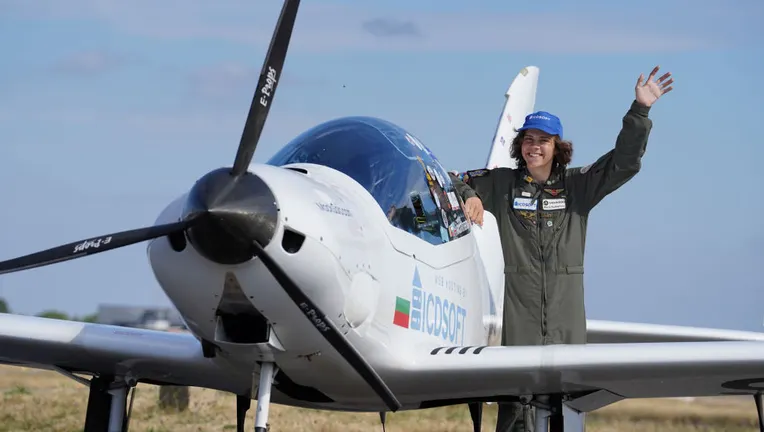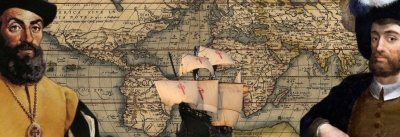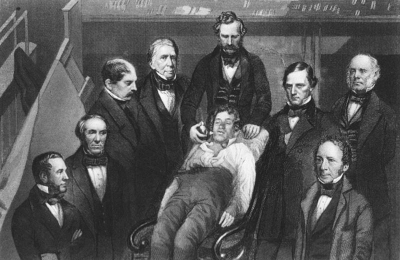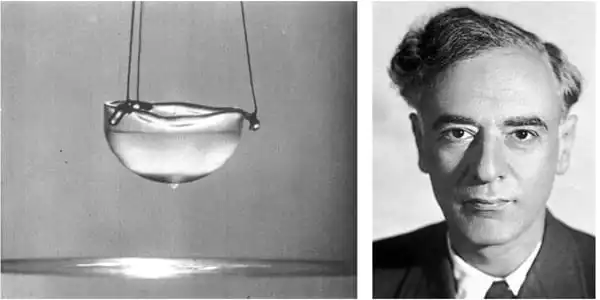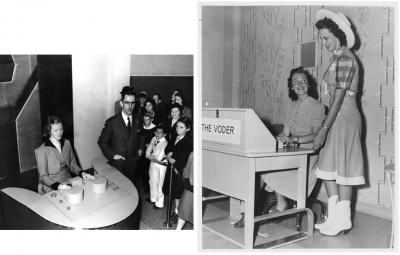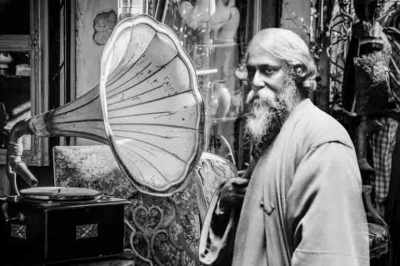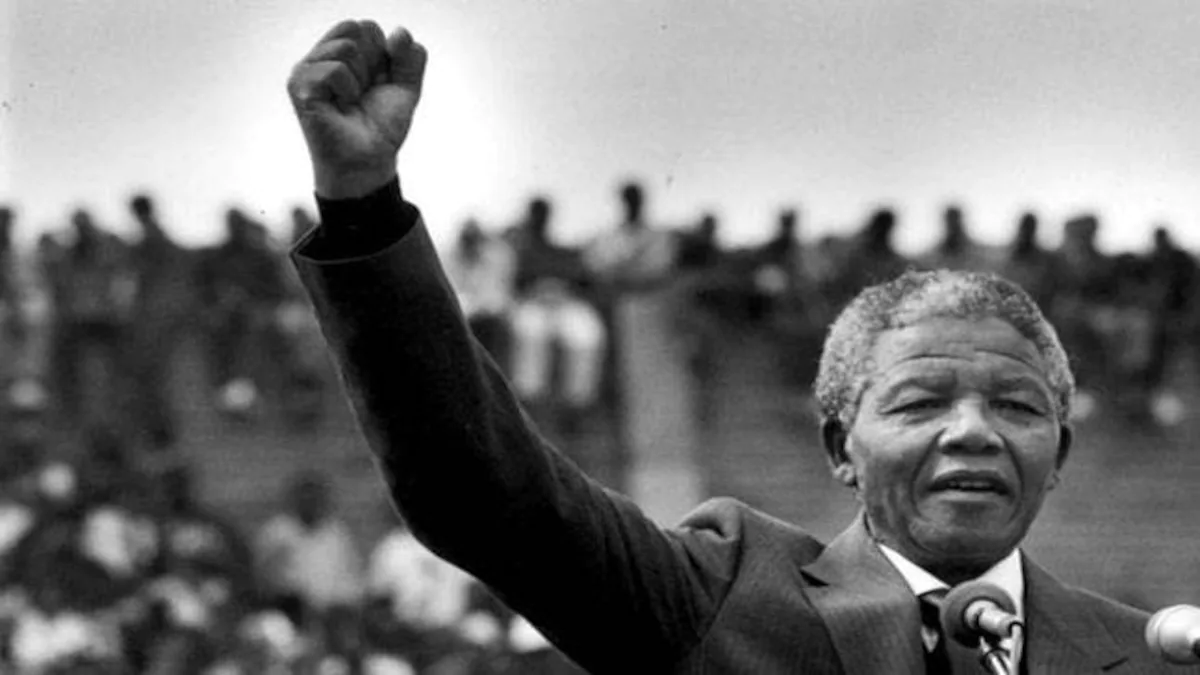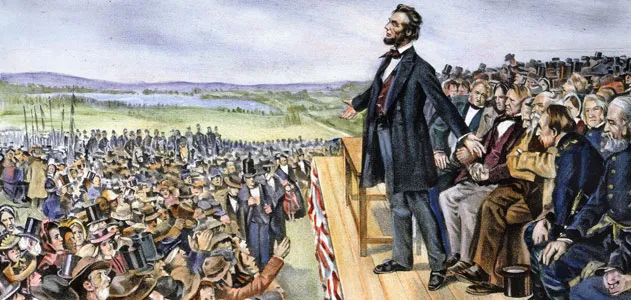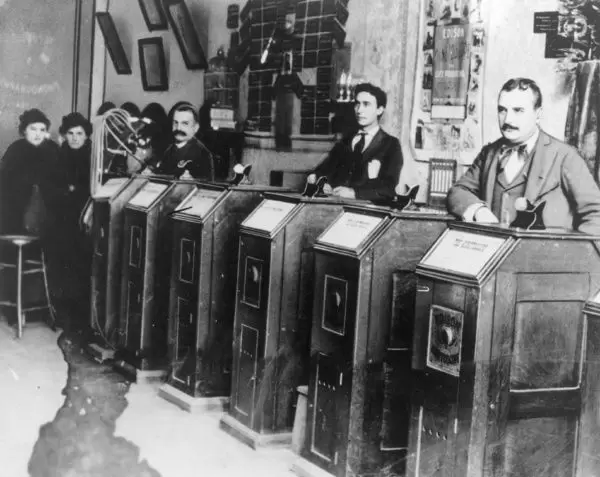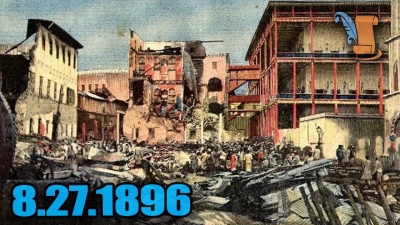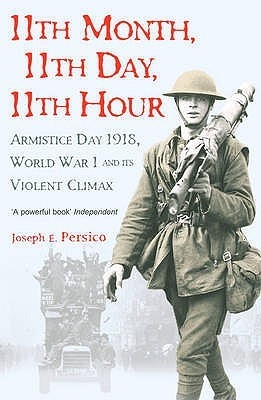A test flight with a number of firsts
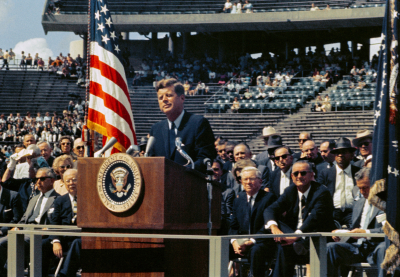
The 1960s were a rather exciting time if you were part of NASA. After U.S. President John F. Kennedy stated his goal of landing humans on the moon and returning them safely home before the end of the decade of the 1960s, work at NASA progressed at breakneck speed given the enormity of the task ahead of them.
There were a lot of successes along the way, and setbacks too that proved to be equally important in terms of the overall learning. The Apollo-Saturn (AS) 201 mission in the mid 1960s was one such test flight that had a number of firsts, but also experienced malfunctions.
"All-up" philosophy
Coming at the height of Project Gemini, the AS-201 served as a crucial milestone in our march towards the moon. It used the "all-up" philosophy, according to which all components of a system were tested in a single first flight.
A suborbital test flight, its goals included demonstrating the Saturn IB's capabilities, the operation of Apollo Service Module's (SM) main engine, and determining the effectiveness of the Command Module's (CM) heat shield. The Saturn IB rocket, which was built on the 10 successful launches of Saturn 1 rocket, was the most powerful rocket up to that time.
Construction of the AS-201 spacecraft began in 1963 at the North American Aviation (NAA) plant in California. Assembly for the mission began in 1965 with the Saturn IB first stage arriving at the Cape Kennedy Air Force Station (CKAFS), now the Cape Canaveral Space Force Station, on August 14.
Extensively tested
The CM and SM of the spacecraft arrived within two days of each other in October. After successful mating of the two modules and extensive testing, they were trucked to the launch pad and stacked on top of the rocket by December. By January 1966, the final pieces were in place, and the rocket and spacecraft were declared ready for its mission after a flight readiness review and a countdown demonstration.
On February 26, 1966, the AS-201 mission lifted off after a number of launch delays. With flight director Glynn S. Lunney at the helm, a team of engineers kept an eye on all aspects of the mission.
Both stages of the Saturn IB rocket performed well and the Apollo Command and Service Module (CSM) was placed in its suborbital trajectory, with a peak altitude of 488 km. A camera mounted inside the first stage was later recovered at sea, and it had captured some key moments, including the fiery stage separation.
Helium ingestion in propellant lines, however, resulted in lower thrust than predicted during the first burn and the same problem also affected a second burn to test the engine's restart capability. The Service Propulsion System engine also underperformed, meaning the CM entered the atmosphere at a velocity slower than that planned.
Additionally, the capsule rolled during reentry as an electrical fault in the CM led to a loss of steering. The heat shield performed its duties without any flaws despite all these setbacks and the spacecraft splashed down in the Atlantic Ocean, 75 km from the intended target.
On museum display
The largely successful 37-minute test flight travelled 8,472 km overall. The CM was retrieved by swimmers from the prime recovery ship and it was then sent to the NAA plant for postflight inspections. After using it for land impact tests, NASA donated the capsule, which is now on loan and is displayed at the Strategic Air Command and Aerospace Museum.
The Saturn IB is now largely forgotten as its efforts pale in comparison with the Saturn V rocket, one of the largest and most powerful rockets built and which successfully sent people to the moon. But the Saturn IB rocket and the AS-201 mission were all part of the small stepping stones that made the giant leap possible.
Picture Credit : Google
